Changing position
Changing dressing position may make it easier for a person who:
- Gets tired while getting dressed or undressed
- Has difficulty balancing while standing
- Has difficulty with coordination.
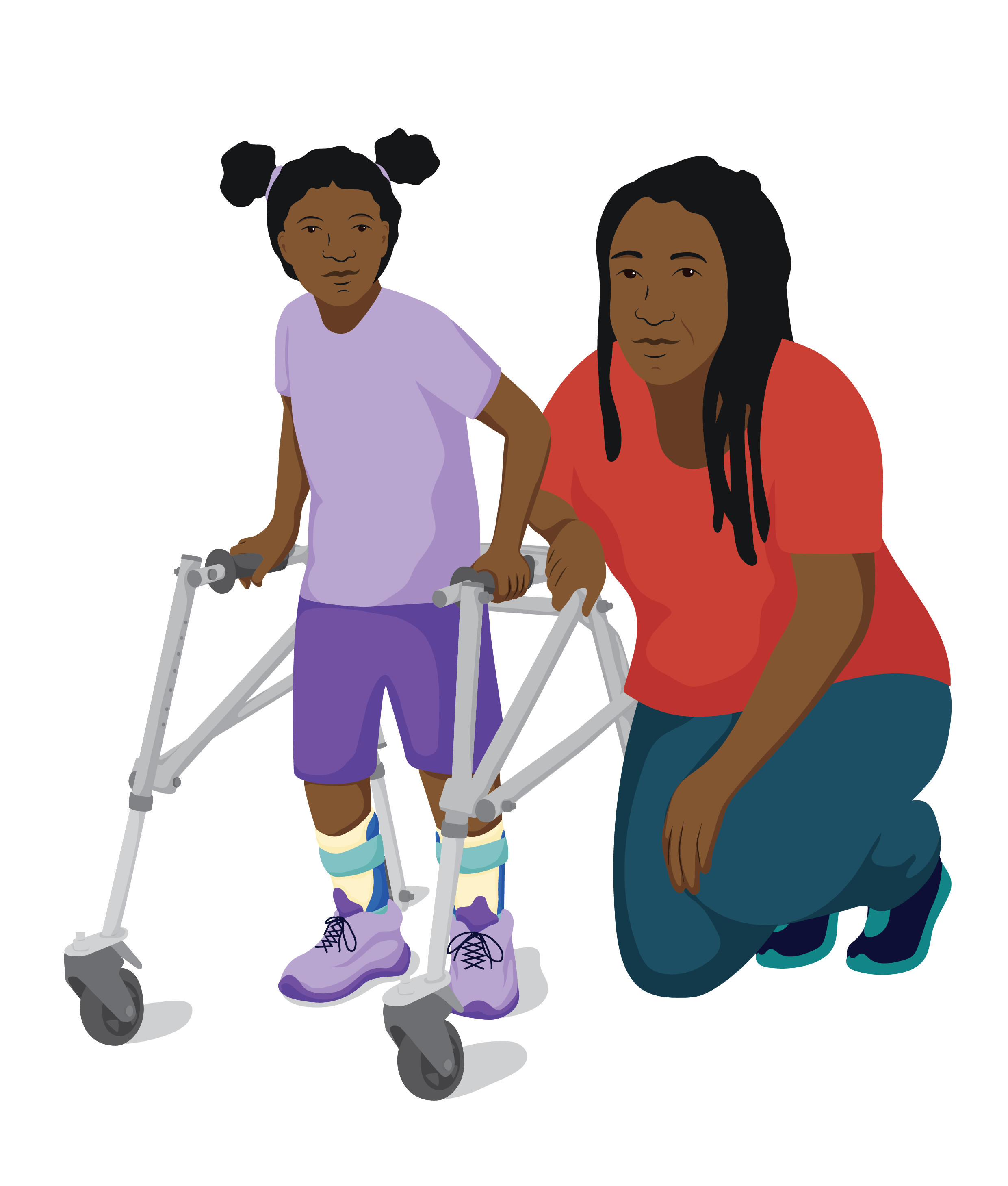
Meet Aleisha
Aleisha has cerebral palsy and finds it hard to coordinate and control her movements
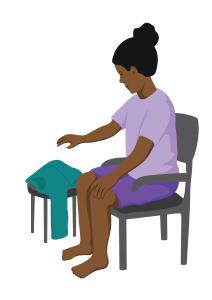
Sitting down makes it easier for Aleisha to dress and undress by herself.
Lying down may be easier for a person who has a lot of difficulty with balance or coordination.
To get dressed or undressed while lying down, a person must be able to:
- Lift their bottom up off the bed or floor OR
- Roll from side to side.
If people do not have these physical abilities, they may need:
- Assistance to get dressed
- A
 referral to a rehabilitation service.
referral to a rehabilitation service.
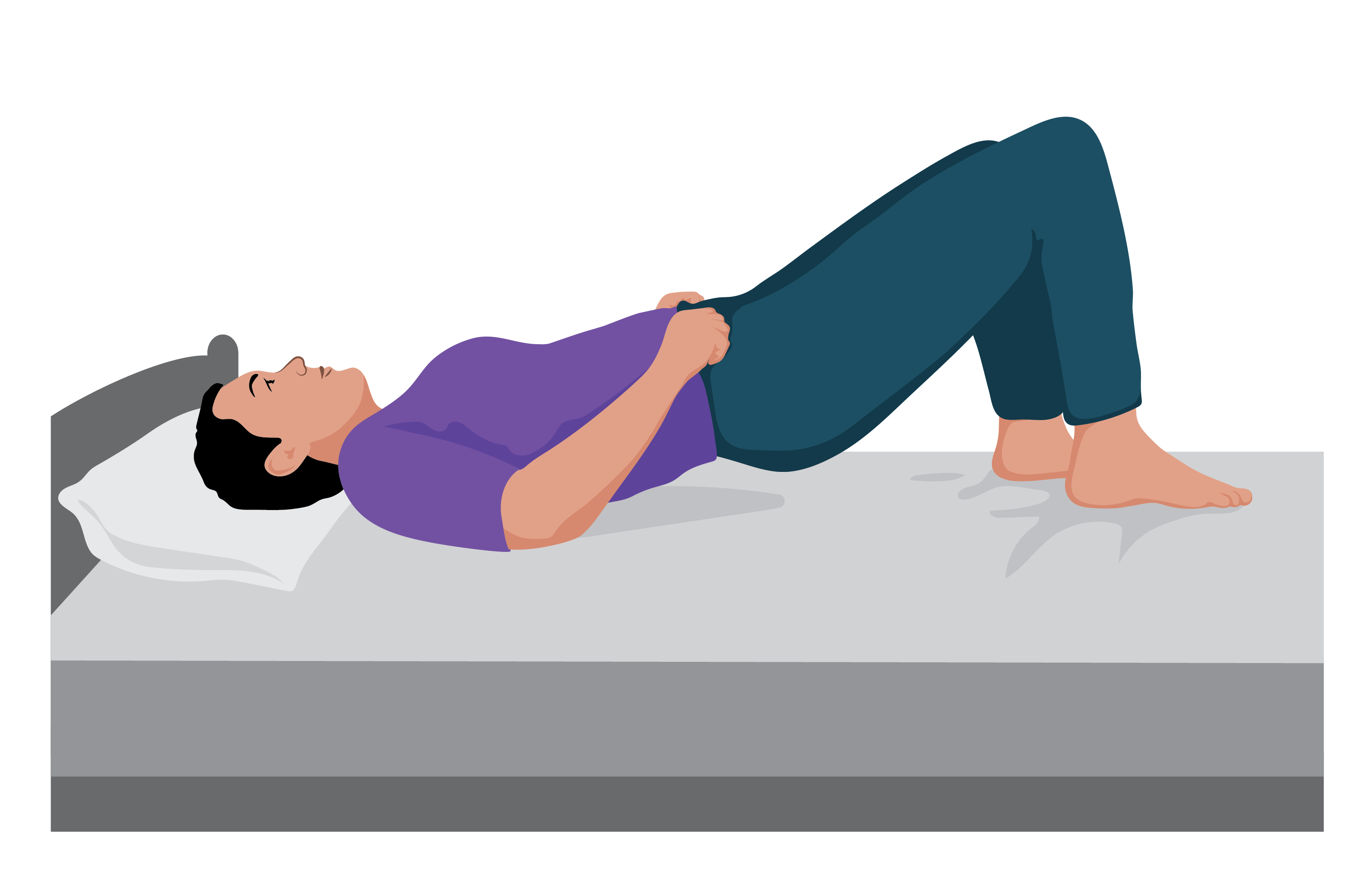
Combining dressing aids and a change in dressing position may assist a person to get dressed or undressed more easily, or more safely.
Question
Meet David
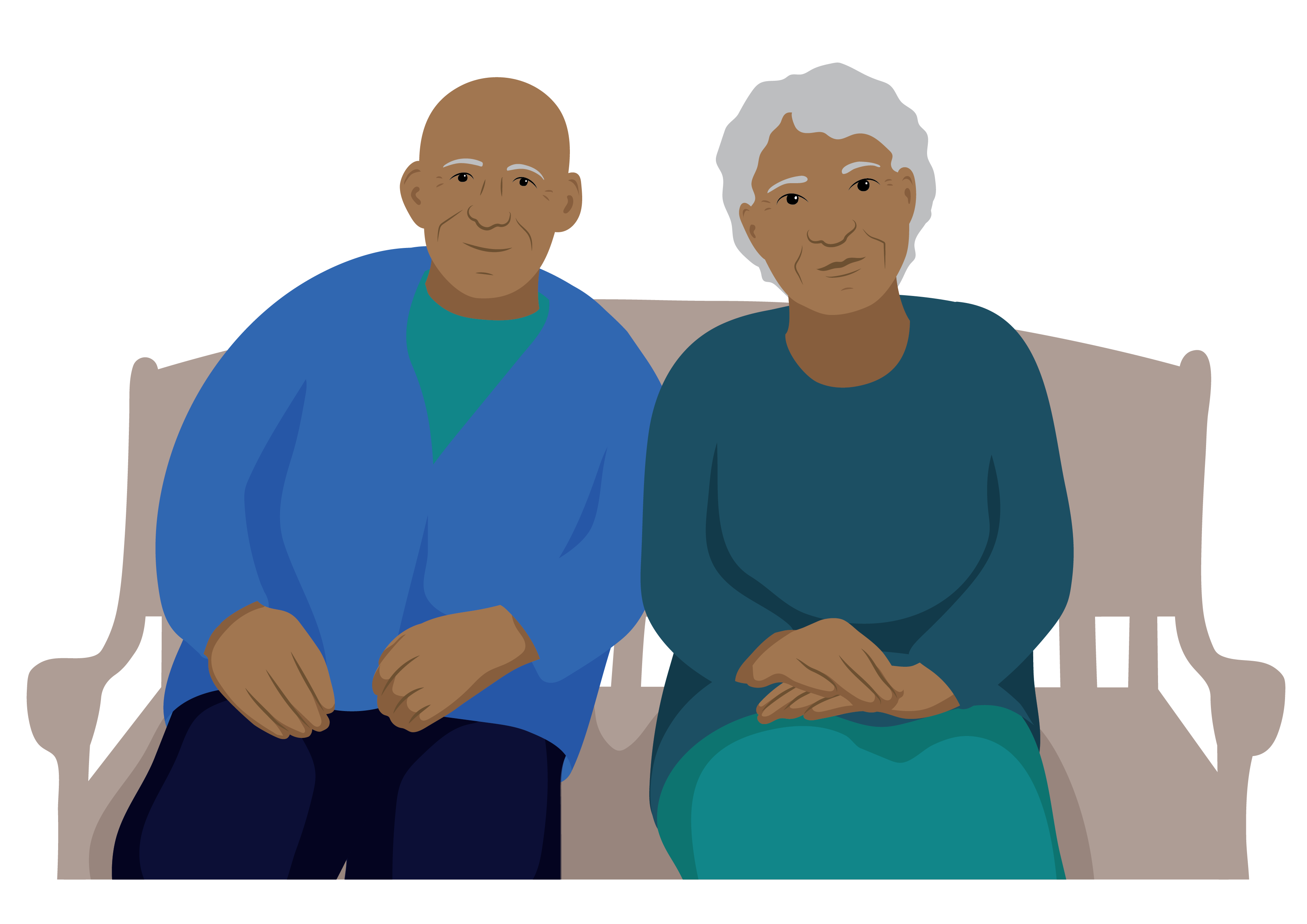
David is an older frail man who lives with his wife Leitengi.
While getting dressed, he can feel tired and unbalanced when reaching to pull trousers on over his feet or put on his socks and shoes.
David’s wife assists him to get dressed, but this is a self care activity he would like to do by himself.
1. Which dressing aid/s could make it easier for David to pull trousers on over his feet?
Select all that apply.
If you selected b and c, you are correct.
Reach and grab tools and dressing sticks could be used to pull trousers on over his feet.
David should try both dressing aids to see what works best for him.
2. Which dressing aids could make it easier for David to put on his socks and shoes?
Select all that apply.
If you selected d and e, you are correct.
A sock aid could help David put on his socks. A long handle shoe horn could help to put on his shoes.
3. What position may help David to get dressed and undressed more easily?
Incorrect.
Because David feels tired and unbalanced while getting dressed and undressed, standing is not the best position for him to use.
Correct.
Sitting down on the edge of a bed or chair may help David to balance more easily. He will also use less energy to get dressed, and can take breaks. This will help him to be less tired after getting dressed or undressed.
The selected dressing aids can also be used easily while sitting down.
Incorrect.
Lying down to get dressed is for people who have a lot of difficulties with balance and coordination. David should try using dressing aids and sitting down to get dressed and undressed, before considering a change in position to lying down.
Question
Meet Verna
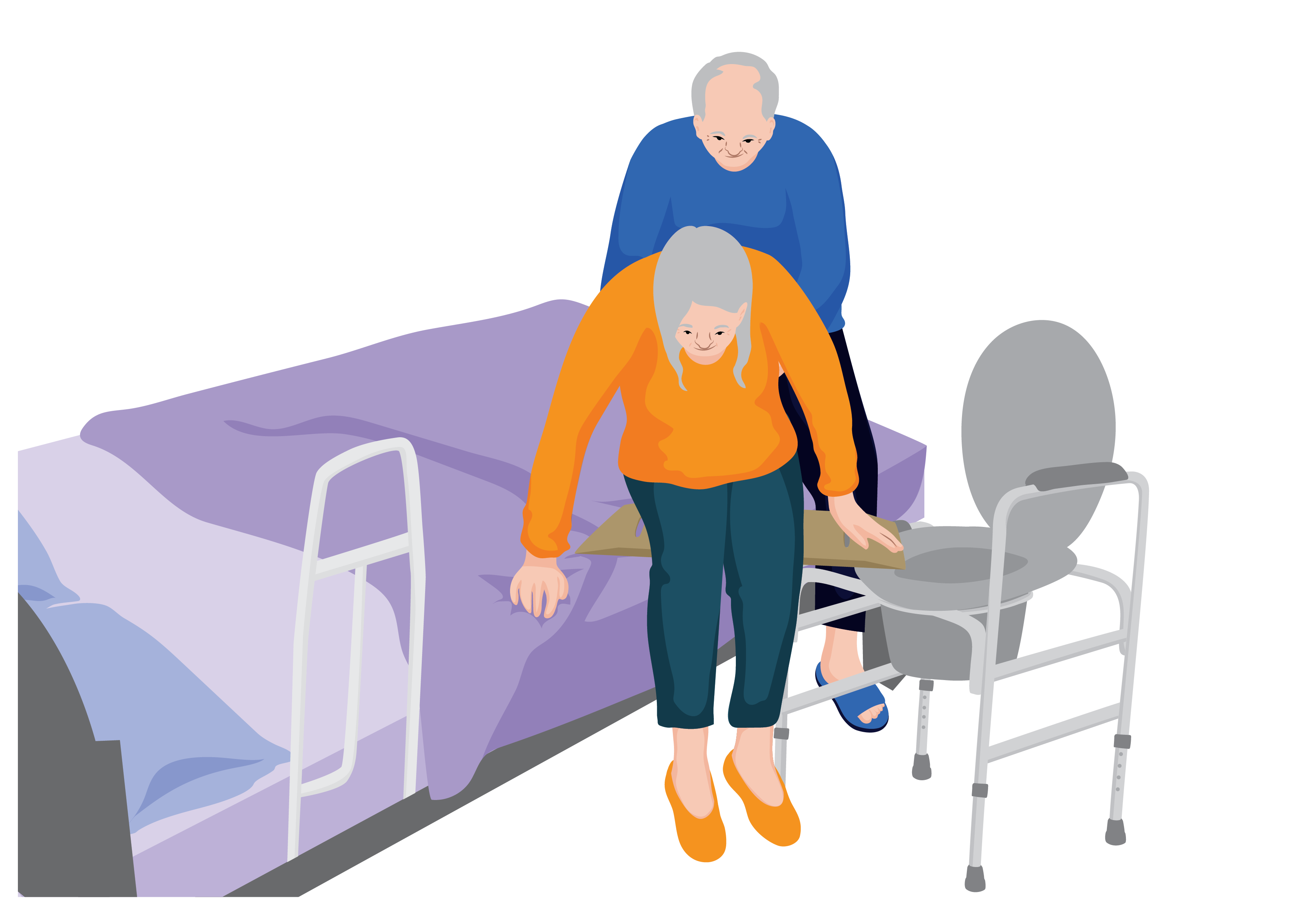
Verna is 89 and lives with her husband Leif. Verna is frail, gets tired easily and has difficulty balancing when standing up.
Verna’s husband assists her with her self care activities, including getting dressed and undressed.
1. Which dressing position may be easier for Verna?
Incorrect
Verna gets tired and has difficulty balancing when standing. Discuss a different position for Verna to get dressed.
Correct
Sitting may be less tiring for Verna. She may find it easier to balance and get dressed by herself.
Correct
Start by seeing if Verna finds it easier sitting down. If she has difficulty with balance, try lying down.
2. What else should Verna consider if she prefers to get dressed lying down?
Select all that apply.
If you selected a and b, you are correct.
Rolling from side to side or lifting her bottom are important skills if Verna is dressing lying down.
Always discuss which position and method a person prefers.
Other ways
A person may find it easier to get dressed or undressed by:
- Changing how they get dressed or undressed
- Selecting different types of clothes and shoes.
Activity
1. Sit in a chair, and keep one arm resting in your lap.
Put on and take off a shirt over your clothes, without lifting one arm up or away from your body.
- What did you find difficult?
- How did you change how you moved to make it easier?
- Slide the sleeve on the arm that is not moving first
- Slide the sleeve all the way up to the shoulder to make it easier to pass the shirt around the back
- Lean forward to grasp the shirt from behind
- Put the arm that is moving into the remaining shirt sleeve last.
2. Try putting the shirt on again, using these tips. Was it easier?
Discuss with your colleagues, and post your thoughts on the discussion forum.
A person with weakness in one arm or leg, such as after a stroke, usually finds it easier to dress and undress their weaker side first.
Some clothes and shoes are easier to get on and off, such as:
- Clothes that are stretchy or loose
- Clothes without buttons or zips
- Shoes without laces, such as slip on shoes or shoes with Velcro closures.
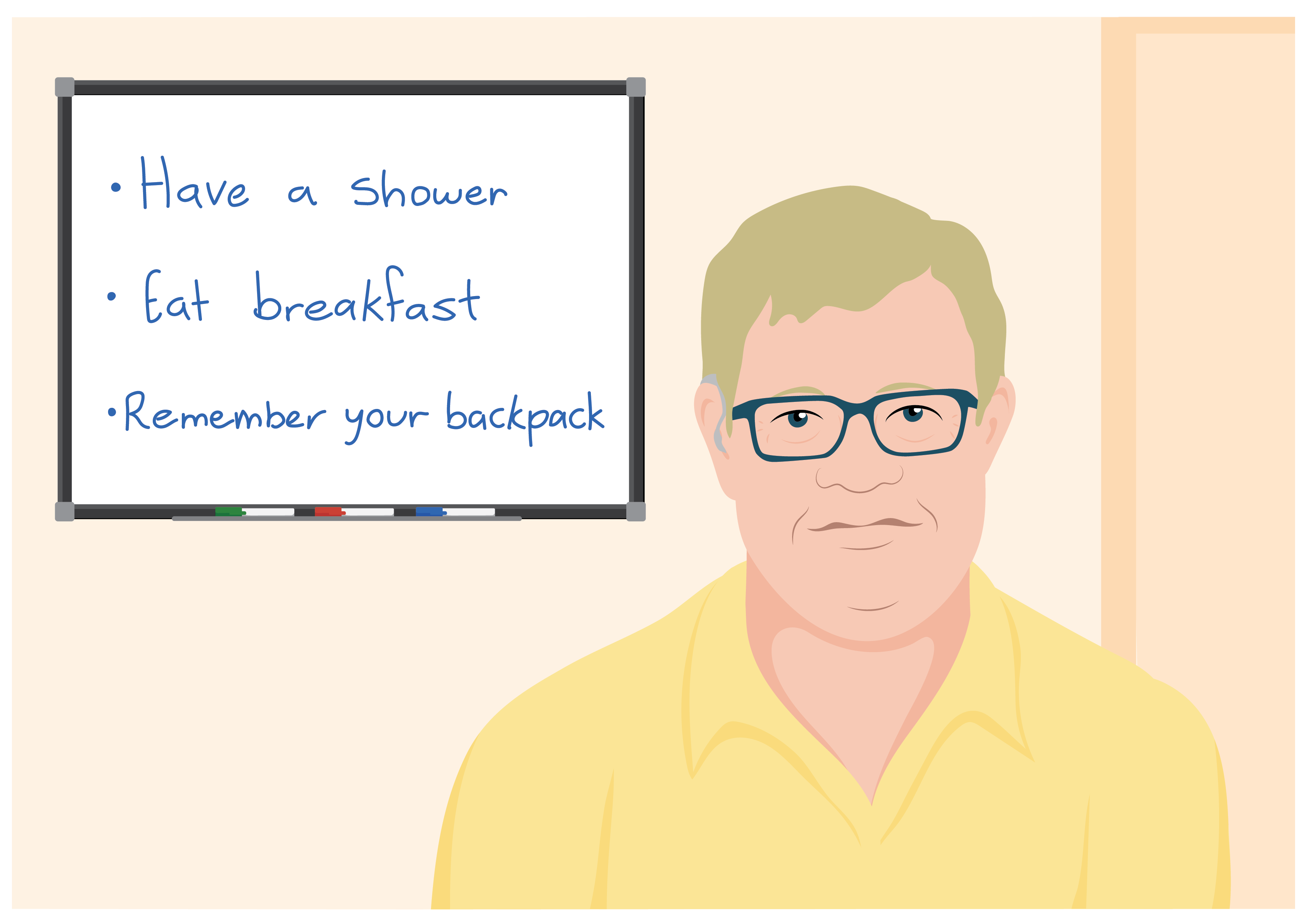
Meet Samuel
Samuel is a teenager who has Down syndrome. Samuel has difficulty with planning and remembering to complete activities, such as getting dressed.
When he is getting dressed, he finds it difficult to coordinate the movements of his fingers for tasks such as doing up buttons and tying his shoe laces.
Samuel uses other assistive products to assist him to remember the things he needs to do.
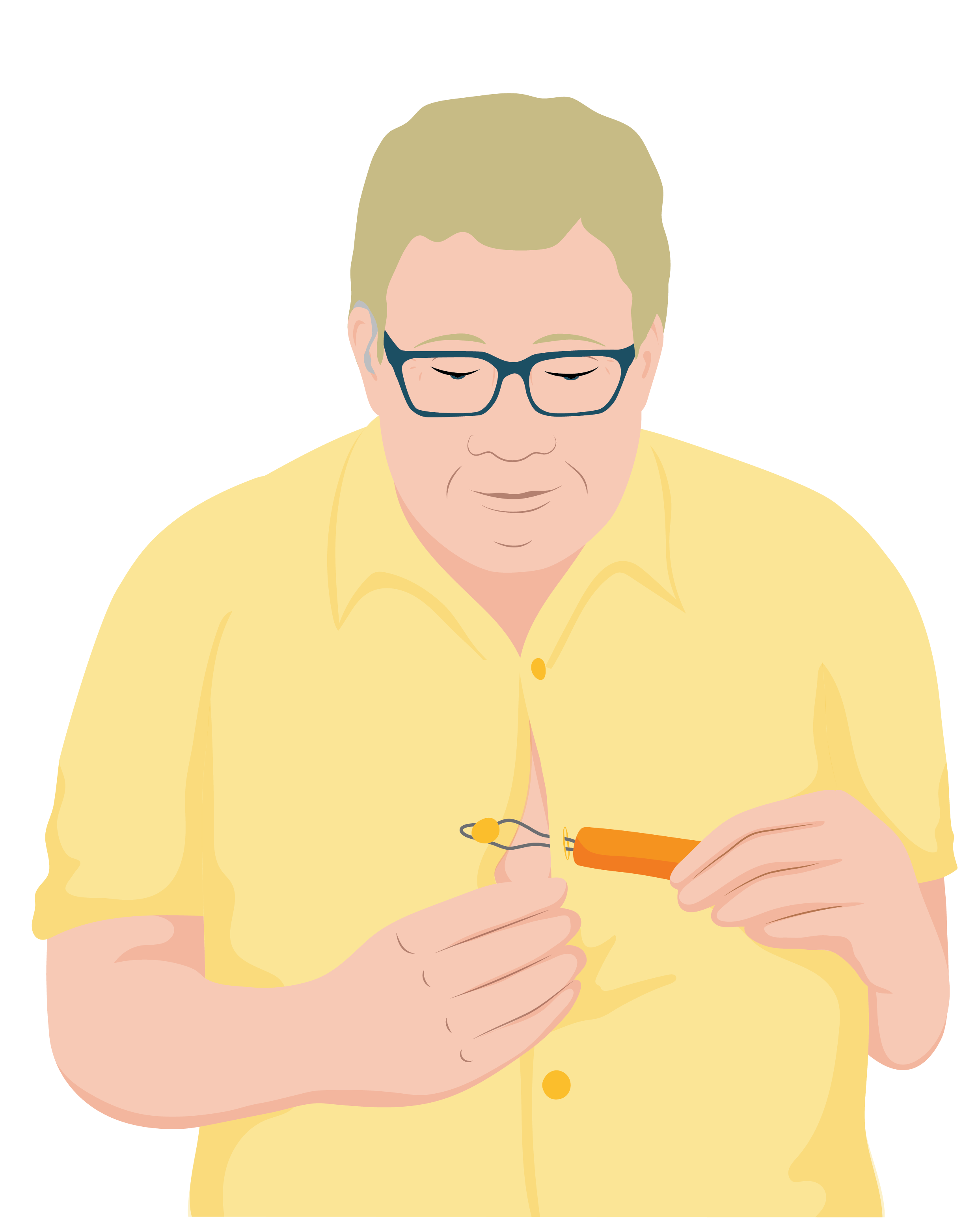
To assist him to get dressed by himself, Samuel uses a button hook and zip puller to do up the buttons on his shirt.
Samuel finds laces difficult to do up and undo.
His health worker encourages Samuel to try different kinds of shoes. He finds shoes with adjustable straps much easier than laces.
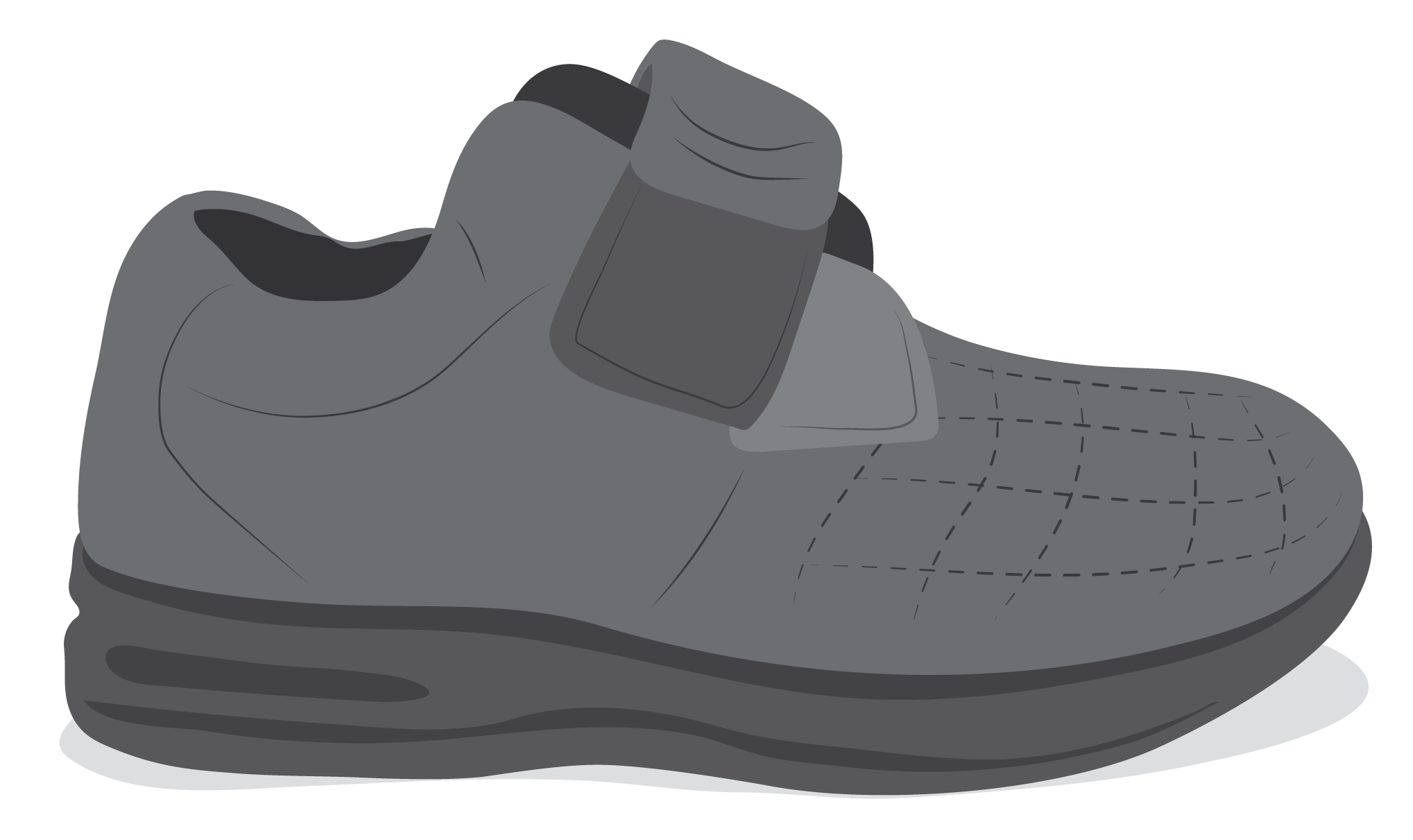
Discussion
- Do you know anyone who has adjusted their clothes or shoes to make them easier to get on or off?
- Do you have any ideas on how to make clothes easier to get on or off?
Discuss these questions with your colleagues. Post your ideas on the discussion forum.
Rehabilitation
If a person has difficulty getting dressed or undressed after trying dressing aids and different methods, ![]() refer the person to a rehabilitation service.
refer the person to a rehabilitation service.
You have completed Lesson one!
If you have any questions or comments, post them on the discussion forum.